Film director David Lynch has died at the age of 78. RIP, Lynch was a real one. “It’s a beautiful day with golden sunshine and blue skies all the way.”



This site is made possible by member support. 💞
Big thanks to Arcustech for hosting the site and offering amazing tech support.
When you buy through links on kottke.org, I may earn an affiliate commission. Thanks for supporting the site!
kottke.org. home of fine hypertext products since 1998.
OOO: I’ll See You Next Week

Hey folks. After a busy and productive fall & holiday season, kottke.org will be closed this week for some much-needed rest, relaxation, and recharging. I will be back next week, ready to gooooo!
I paged through this illustrated retrospective of Hayao Miyazaki’s work at the bookstore a few months ago and it was gorgeous. “The book is artistic biography, aesthetic treatise, creative process explication, and celebration of the filmmaker’s work.”
Want to Wear a Tiny Apollo Guidance Computer on Your Wrist?

A British company is selling a wristwatch that’s a shrunk-down replica of the Apollo Guidance Computer interface that the Apollo astronauts used to maneuver their spacecraft to the Moon and back. From Gizmodo:
The original AGCs were used by astronauts for guidance and navigation, which you cannot do with the watch — and no offense, but you probably don’t have a spacecraft anyway. But it does function in its own way. The watch has a built-in GPS, a digital display, and a working keyboard. It’s also programmable, built atop an open-source framework that is compatible with a number of coding environments including Arduino and Python. So if you have some features you’d like to run, it’s open to input.
You can pre-order the DSKY Moonwatch today. (via moss & fog)
Did we all know this already? “Chip is a nickname for a guy named after his dad. Skip is a nickname for a guy named after his grandfather. Trip is a nickname for a guy named after his dad AND grandfather.”
The Art of the Snack Solo. “And now I am into my stride. A fig is plucked. The cornichons emerge. The cheeses multiply. Little packets of oatcakes are opened. Maple syrup is experimentally poured.” (I…do not eat this way. 100% mealer here.)
Post-Apocalyptic Orbs
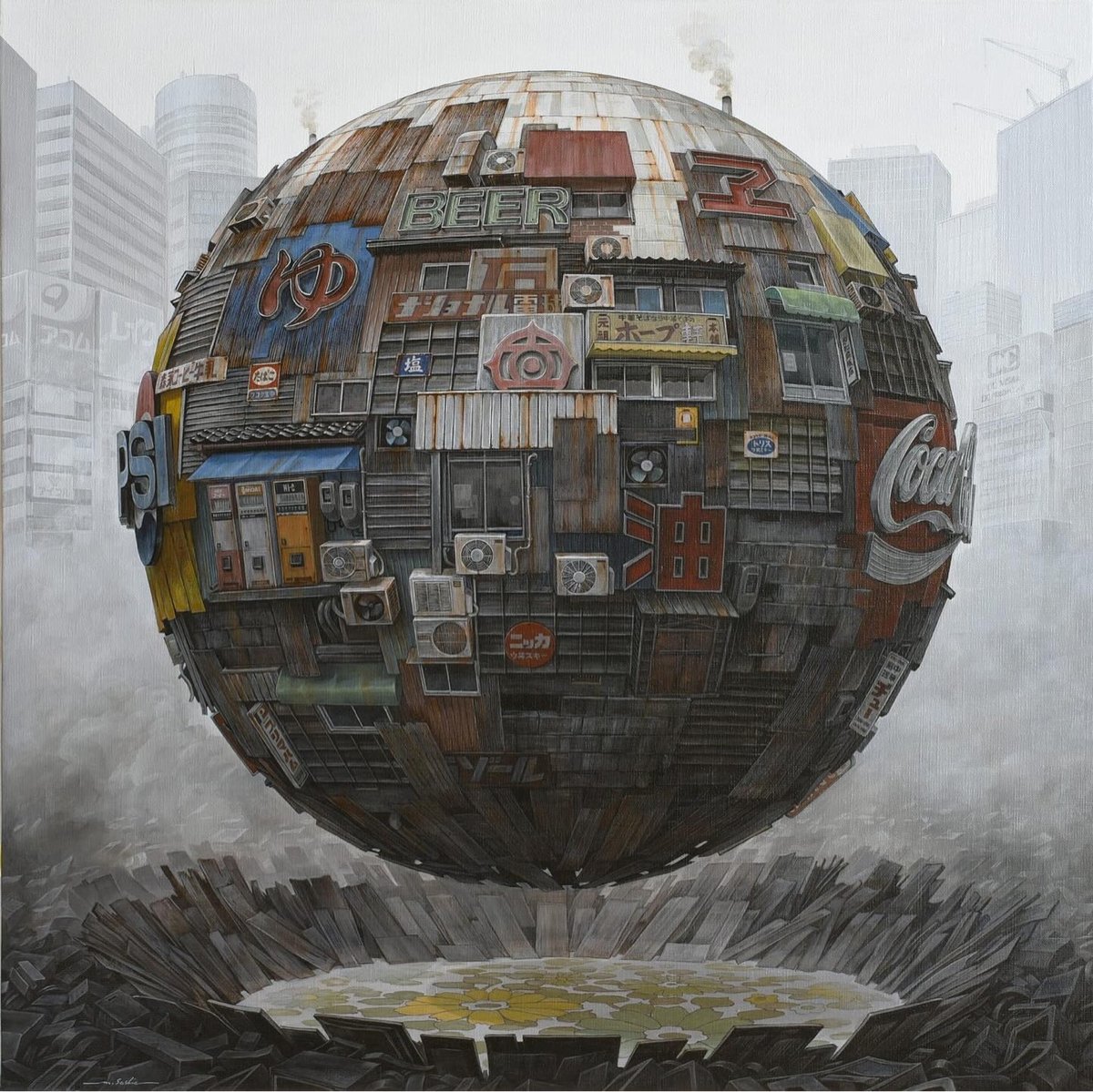

While these might look like they are AI-generated, these floating orb-structures created by Masakatsu Sashie are actually oil paintings. You can check out more of his work on Instagram and Facebook. (via colossal)
33 Ways To Improve Your Life, Japanese Style. Including “be happy in your own company”, “find your inner otaku”, “take inspiration — but with respect”, and “be reliable”.
Jessica Hische & Chris Shiflett are launching a company called Studioworks that makes business management software for creative studios.
An Ambient 24/7 Streaming Video of Chill Work/Study Vibes
Back in 2016, I wrote about The Most Relaxing Song in the World, an ambient track by Marconi Union called Weightless. Today I learned the band’s record label hosts a 24/7 streaming video of their music on YouTube:
I am adding this to my chill working music rotation immediately, alongside this 10-hour version of Weightless.
(via jodi ettenberg)
Learning from Finland’s success in combatting homelessness. “It is the result of a sustained, well-resourced national strategy […] which provides people experiencing homelessness with immediate, independent, permanent housing…”
The Rollercoaster of Compassionate Death
The Euthanasia Coaster is designed to thrill the hell out of its passengers just before it kills them.

Each inversion would have a smaller diameter than the one before in order to inflict 10 g to passengers while the train loses speed. After a sharp right-hand turn the train would enter a straight, where unloading of bodies and loading of passengers could take place.
The Euthanasia Coaster would kill its passengers through prolonged cerebral hypoxia, or insufficient supply of oxygen to the brain. The ride’s seven inversions would inflict 10 g on its passengers for 60 seconds — causing g-force related symptoms starting with gray out through tunnel vision to black out and eventually g-LOC, g-force induced loss of consciousness. Depending on the tolerance of an individual passenger to g-forces, the first or second inversion would cause cerebral anoxia, rendering the passengers brain dead. Subsequent inversions would serve as insurance against unintentional survival of passengers.
When Your Terminal Illness Makes You a TikTok Star. “After being diagnosed with A.L.S. in 2022, Brooke Eby could have turned inward. Instead, she opened up — and found a fan base online.” This was a really great & poignant read.
The Design of Classic Doctor Who Title Cards
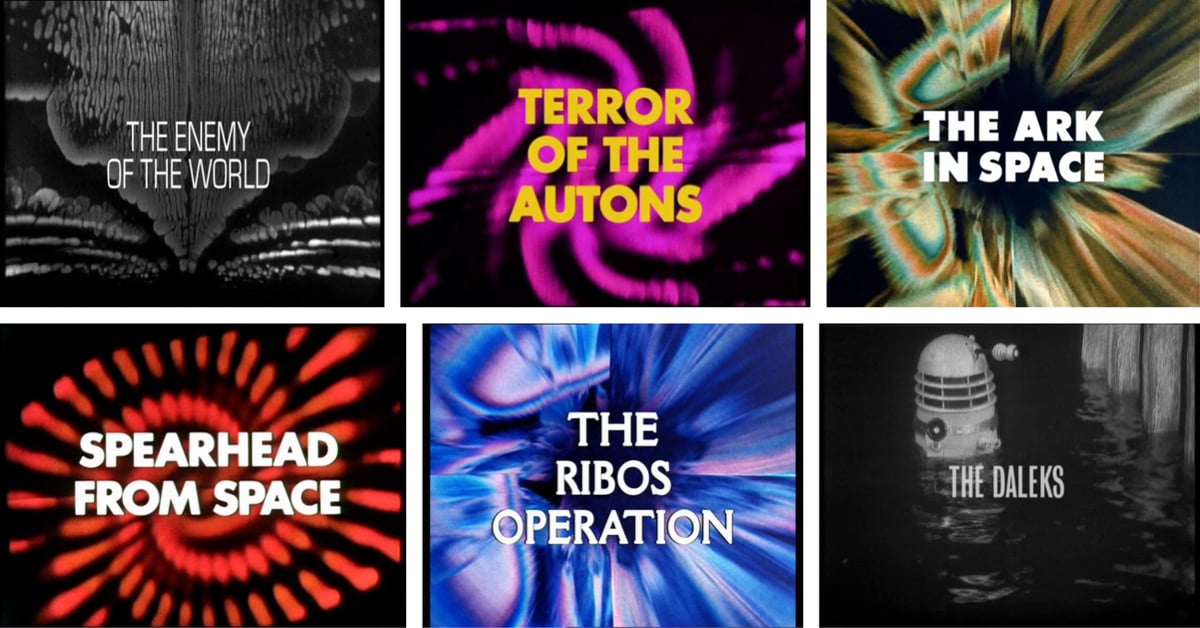
While designing a one-off t-shirt for a holiday gift, I stumbled across this amazing page on the Doctor Who Wiki about the design of the show’s title cards. It’s a pretty thorough resource and includes the typefaces used for the titles — like Grotesque, Eurostile, Futura, Della Robbia, and OPTI Formula One.
I put together a few representative samples from episodes featuring the first four Doctors, after which the designs get less interesting IMO. Enjoy.

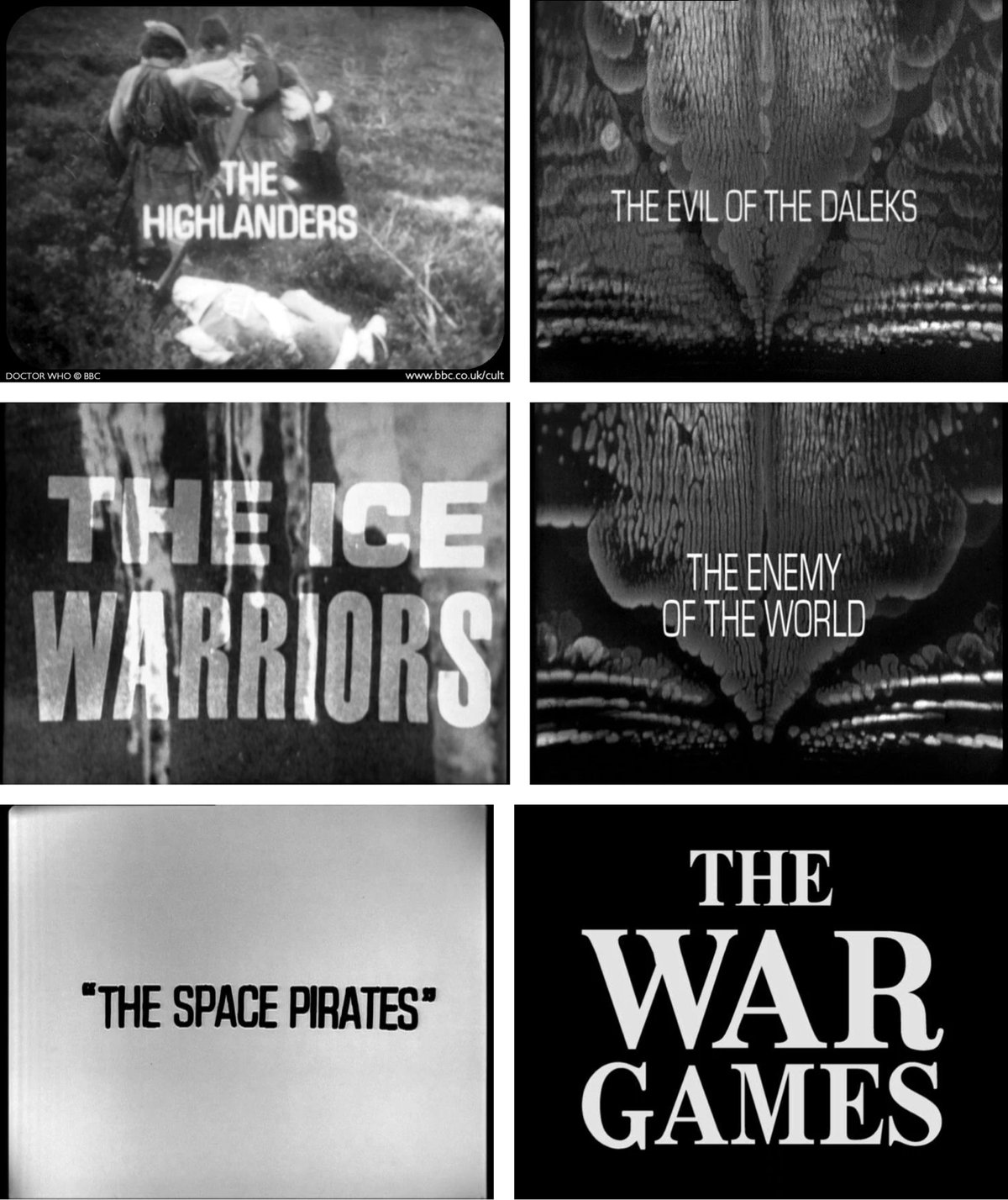
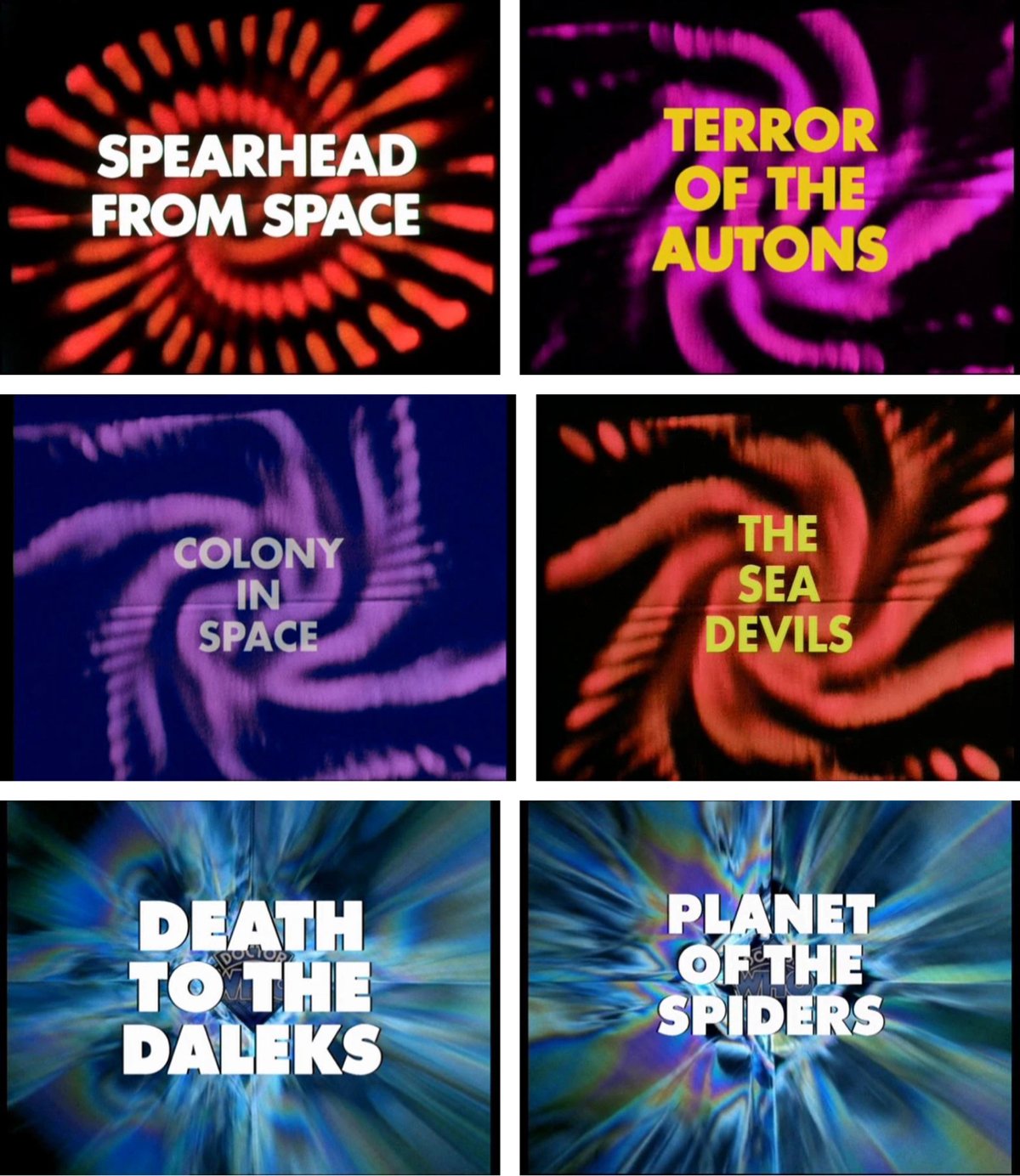

See also a video of All Doctor Who Title Sequences: 1963-2023.
The Beauty Of Old Hollywood In One Scene. Evan Puschak dissects a scene from The Philadelphia Story, featuring Katherine Hepburn & Jimmy Stewart.
How Ernest Wright Makes Scissors
Ernest Wright has been making scissors in Sheffield, England since 1902. This video takes a look at how they make one of the their most sought after models.
In this episode of Sheffield Makes we visit Ernest Wright to follow the production of the Kutrite kitchen scissor, a complex design that’s woven into Ernest Wright history.
The Kutrite pattern of flat kitchen scissors was designed by Philip Wright in the early sixties and produced till the eighties. After an absence of decades, the Kutrite model is proudly being produced in Sheffield once again.
I first featured Ernest Wright on kottke.org more than 10 years ago:
A person who makes scissors by hand is called a putter, short for putter togetherer. The Putter is a four-minute silent film by Shaun Bloodworth that shows putter Cliff Denton making scissors.
I have a pair of their Turton kitchen scissors and they are great and will last pretty much forever.
What Dinosaurs Were Really Like. This is an entertaining and informative look at what we know about dinosaurs today (for those of us who haven’t kept up much since Jurassic Park).
“Coyote time” is a trick video game designers use to be more forgiving about players jumping — the jump button still works after running off the end of the platform. It’s named after Wile E. Coyote’s ability to run in midair.
Kohei Ohmori’s Hyperrealistic Pencil Drawings

Wow, check out these amazing hyperrealistic pencil drawings by Kohei Ohmori. The detail is next-level…here’s a close-up view of the drawing above:

This drawing took 280 hours (~11.7 days) over a period of five months. You can check out some BTS and Ohmori’s other work on Instagram. (via clive thompson)
Montana youth score a major climate victory in court. “Montana’s Supreme Court has ruled that the 16 youth who sued the state in a landmark climate change lawsuit have a constitutional right to ‘a clean and healthful environment.’”
The trailer for Super/Man: The Christopher Reeve Story. This looks pretty good. Streaming on Max in the US.
Reporter Lucy Sherriff on fleeing from the LA fires: I Saw the Beginning of Hell. “A father ran up the street with his daughter in her school uniform. ‘I can see my house, my house is burning! Mommy’s there, Mommy’s going to die!’” Jesus.
The Weirdest TV Crossovers of All Time include St. Elsewhere + Cheers, Arrested Development + Law & Order: SVU, Alice + The Dukes of Hazzard, and Mr. Robot + Alf.
You Don’t Need A Full-Size Pickup Truck, You Need a Cowboy Costume. “The most popular vehicles in America may be the greatest examples of overcompensation ever invented.”
Some New Site Features to Report

Hey folks, I just wanted to update you on some things I’ve launched recently at the ol’ dot org. (RSS reader folk, you’re going to have to click through to the actual WWW to see these…don’t be scared, you can do it.)
1. Last month, I added the ability for members to fave comments, to see comments they’ve posted and faved, and the ability to sort comments in threads. You can read about those features here.
2. Image zooming. If you click on images in posts (on the Embroidery Journaling post or the Eadweard Muybridge image at the top of this post), the image will zoom to fill the browser. Clicking it again will shrink it again. (Oh and I’m testing a feature that does the same thing for videos.)
3. For the Quick Link URL cards/unfurls, I’m displaying the embedded video instead of a cover image. For example, see this post about the special overalls that Finnish university students wear.
4. I refreshed the design of the newsletter a little bit and added a link to the comment section of each post. Because HTML email is a pain in the ass, it doesn’t look/work quite how I want it to yet, but it’s getting there. More tbd.
5. And the best for last: I can now pull Bluesky & Mastodon posts into comment threads in the form of reposts. You can see it in action in the posts about Meta’s Free Speech Grift, HTML: the Most Significant Computing Language Ever Developed, and The Truth About January 6th. I’m using it to collect noteworthy direct comments to my posts on those platforms but also a curated collection of posts and links that I think are particularly relevant to particular posts. So far, it’s been such a quick & easy way to pull in more information and voices around a topic.
Inspiration for this feature came from social media (retweeting, etc.) but also from the original reblog concept developed by Jonah Peretti, Mike Frumin, and others at Eyebeam while we were all there. Their software was the inspiration for Tumblr’s reblog feature, Twitter’s retweet, and Facebook’s share. Going back to the source (and the linkblogging & feedreaders that they were inspired by) is a useful reminder that these sorts of features aren’t just available to Twitter & FB. And in fact, we’ve let social media sites pull in so much content & activity from the open web…it’s time to start pulling back a little.
Right now, reposting is something only I can do (*rubs hands together diabolically*) but I might open it up to others after I iron out a few kinks and if there’s interest. It only works with Bluesky & Mastodon rn, but I’m going to add email (for threads like this) and Threads, although after this bullshit, I may not bother. Anyway, this feature was on the original roadmap for comments and I’m so glad I found the time to finally make it happen.
Ok, that’s all for now. As always, let me know in the comments if you have questions, comments, concerns. ✌️
Simon Willison shares his approach to running a link blog. “I don’t like to recommend something if I’ve not read that thing myself, and sticking in a detail that shows I read past the first paragraph helps keep me honest about that.” Ditto. 😉
The Dune Bible

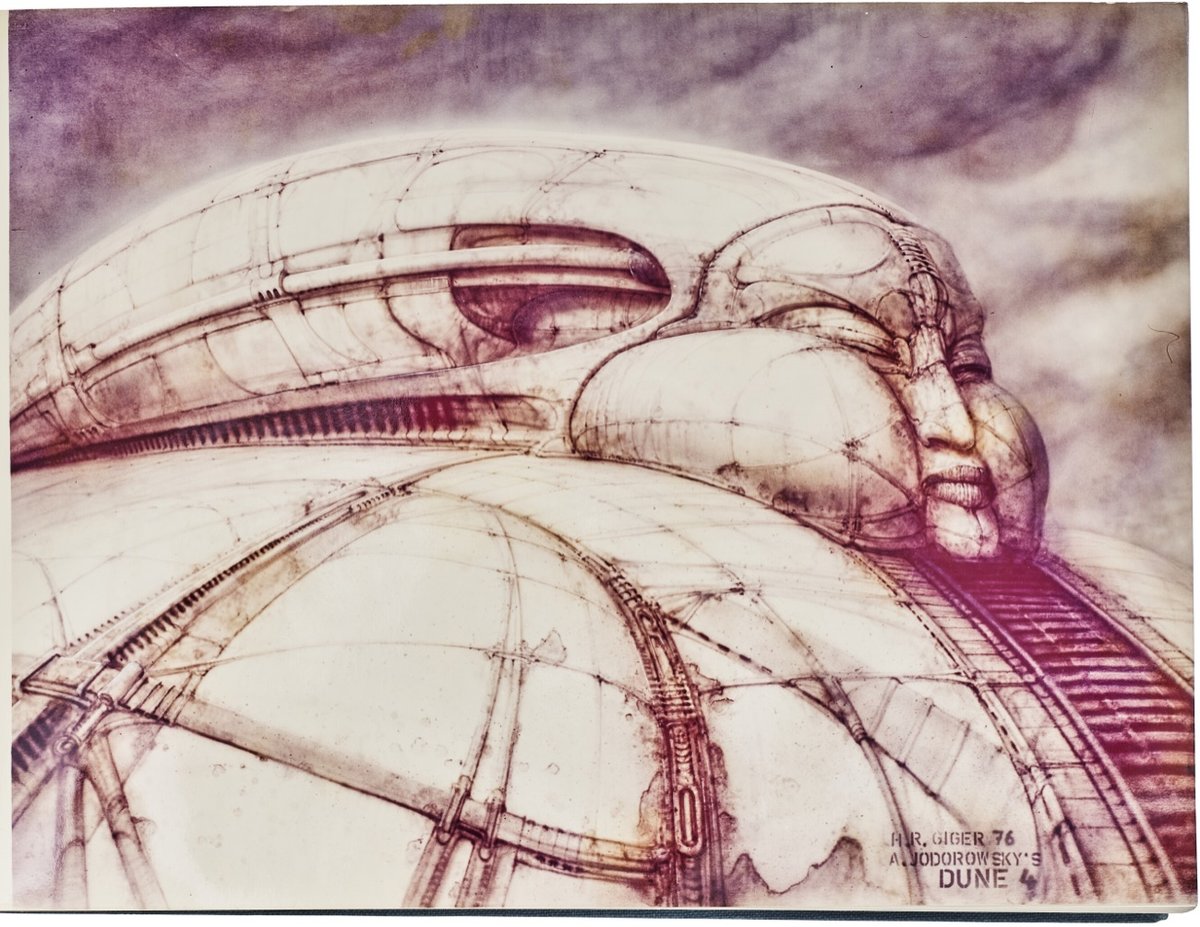

Recently sold at auction for £277,200, The Dune Bible is the storyboard for Alejandro Jodorowsky’s film adaptation of Frank Herbert’s Dune, which was famously never made. From an Instagram tour of the book:
The book contains a complete storyboard that tells the narrative of the proposed Dune film shot by shot, in addition to depictions of all the featured characters, vehicles, and environments by the greatest sci-fi artists of the time.
The auction house believes that only 20 of these bibles were ever made and only 10 have survived. An imperfect scan of the book appears to be available on The Internet Archive and here’s a sample of around 46 images.
A similar copy of the book was sold for $3 million in 2021 to a bunch of crypto-dopes who “believed that the purchase granted them the copyright to the book, which they intended to splice and sell as NFTs before burning the physical copy”.
The Most Scathing Book Reviews of 2024. Here’s Ron Charles on Kristi Noem’s memoir: “…a hodgepodge of worn chestnuts and conservative maxims, like a fistful of old coins and buttons found between the stained cushions in a MAGA lounge”.
Surviving President Tr*mp: Lessons from the 1960s and Octavia E. Butler. “First, breathe. Meditate. Journal. Dance. Hydrate. Get enough rest. If you’re an artist, CREATE.”
The Days They Changed the Gauge
After the Civil War, the economic recovery of the southern United States hinged on trade with the North and moving goods westward via the railroad. But there was a problem. Tracks in the South had been built with a gauge (or track width) of 5 feet but the majority of tracks in the North had a 4-foot 9-inch gauge (more or less). So after much planning, over a concentrated two-day period in the summer of 1886, the width of thousands of miles of railroad track (and the wheels on thousands of rail cars) in the South was reduced by three inches.
Only one rail would be moved in on the day of the change, so inside spikes were hammered into place at the new gauge width well in advance of the change, leaving only the need for a few blows of the sledgehammer once the rail was placed. As May 31 drew near, some spikes were pulled from the rail that was to be moved in order to reduce as much as possible the time required to release the rail from its old position.
Rolling stock, too, was being prepared for rapid conversion. Contemporary accounts indicate that dish shaped wheels were provided on new locomotives so that on the day of the change, reversing the position of the wheel on the axle would make the locomotive conform to the new gauge. On some equipment, axles were machined to the new gauge and a special ring positioned inside the wheel to hold it to the 5-foot width until the day of the gauge change. Then the wheel was pulled, the ring removed, and the wheel replaced.
To shorten the axles of rolling stock and motive power that could not be prepared in advance, lathes and crews were stationed at various points throughout the South to accomplish the work concurrently with the change in track gauge.
And you thought deploying software was difficult.
Update: In their book Information Rules, Carl Shapiro and Hal Varian point out that sometimes having different standards from the norm is a good thing.
As things turned out, having different gauges was advantageous to the South, since the North could not easily use railroad to move its troops to battle in southern territory during the Civil War. Noting this example, the Finns were careful to ensure that their railroads used a gauge different from the Russian railroads! The rest of Europe adopted a standard gauge, which made things easy for Hitler during World War II: a significant fraction of German troop movements in Europe were accomplished by rail.
They also describe the efforts that the South went through to support the stronger standard of the North without switching over:
In 1862, Congress specified the standard gauge for the transcontinental railroads. By this date, the southern states had seceded, leaving no one to push for the 5-foot gauge. After the war, the southern railroads found themselves increasingly in the minority. For the next twenty years, they relied on various imperfect means of interconnection with the North and West: cars with a sliding wheel base, hoists to lift cars from one wheel base to another, and, most commonly, a third rail.
At home, I have a drawer full of sliding wheel bases and third rails in the form of Euro-to-US & Asia-to-US power adapters.
Study: More Americans Buying Firearms To Defend Selves From Toddlers Who Found Their Guns. “If a child ever gets into their nightstand or unlocked gun safe, they just want a chance to fight back.”
You’ll Never Get Off the Dinner Treadmill. “It’s not just the cooking that wears me down, but the meal planning and the grocery shopping and the soon-to-be-rotting produce sitting in my fridge.” Everything after the “but” is my daily nemesis.
How to Make the World’s Rarest Pasta
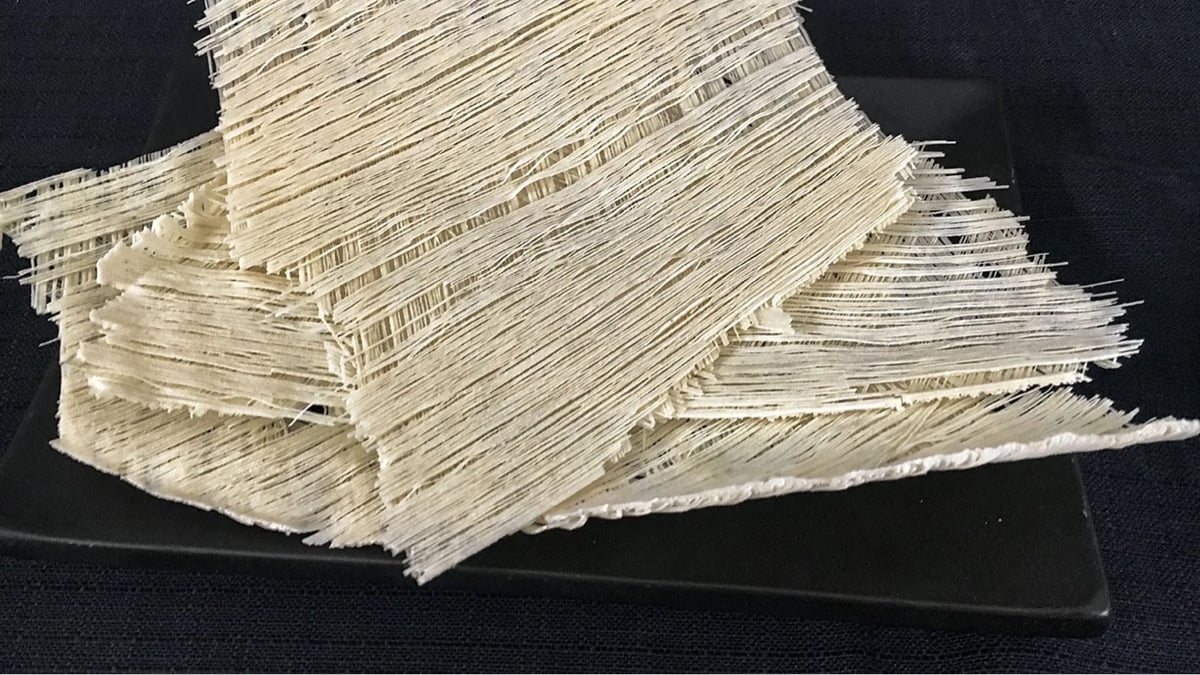
In this excerpt from Custodians of Wonder: Ancient Customs, Profound Traditions, and the Last People Keeping Them Alive, author Eliot Stein travels to a city in Sardinia to learn how to make the world’s rarest pasta, su filindeu.
As much as I would hate to see su filindeu fade away, I understand why Abraini doesn’t want to teach it to any Canadian or Greek chef who calls her out of the blue. Sure, after several years, she may succeed in passing on the skill, but as she told me, when you take something that is so intertwined with a specific place, a specific event, and a specific pastoral code, and you present it in a different context, “it’s no longer the threads of God; it’s just pulled pasta.”
Only a few people in the world know how to make this pasta properly, and they all belong to the same family.
“There are only three ingredients: semolina wheat, water and salt,” Abraini said, vigorously kneading the dough back and forth. “But since everything is done by hand, the most important ingredient is elbow grease.”
Abraini patiently explained how you work the pasta thoroughly until it reaches a consistency reminiscent of modelling clay, then divide the dough into smaller sections and continue working it into a rolled-cylindrical shape.
Then comes the hardest part, a process she calls, “understanding the dough with your hands.” When she feels that it needs to be more elastic, she dips her fingers into a bowl of salt water. When it needs more moisture, she dips them into a separate bowl of regular water. “It can take years to understand,” she beamed. “It’s like a game with your hands. But once you achieve it, then the magic happens.”
Here’s a 30-minute video on how su filindeu is prepared — there are a couple of shorter videos as well.
From MIT Technology Review, the 8 worst technology failures of 2024. Includes AI slop, Boeing’s Starliner, and woke AI.
Features of Adulthood

I enjoyed Randall Munroe’s take on what he thought adult life would be like as a kid…in the form of a graph, naturally. All those Looney Tunes reruns & 80s movies led us Gen Xers astray.
Exercise is “the single most potent medical intervention ever known”. “People sleep better. They have better mood. They’re able to breathe better. There are just so many ways in which exercise helps.”
The 2024 Architecture and Design Awards. There’s a children’s book museum in Kansas City? And Miranda July renovated the kitchen in her rental apartment without her landlord knowing?
HTML: the Most Significant Computing Language Ever Developed
Tim Carmody has a great appreciation of HTML in Wired magazine: HTML Is Actually a Programming Language. Fight Me.
HTML is somehow simultaneously paper and the printing press for the electronic age. It’s both how we write and what we read. It’s the most democratic computer language and the most global. It’s the medium we use to connect with each other and publish to the world. It makes perfect sense that it was developed to serve as a library — an archive, a directory, a set of connections — for all digital knowledge.
I love HTML!
The Criterion Channel’s collection of Surveillance Cinema, including The Conversation, Gattaca, Minority Report, Sliver, and The Lives of Others.
Meta’s Free Speech Grift
From The Verge: Meta abandons fact-checking on Facebook and Instagram in favor of Community Notes.
Facebook, Instagram, and Threads are ditching third-party fact-checkers in favor of a Community Notes program inspired by X, according to an announcement penned by Meta’s new Trump-friendly policy chief Joel Kaplan. Meta is also moving its trust and safety teams from California to Texas.
Here is Mark Zuckerberg’s thread about the announcement:
It’s time to get back to our roots around free expression and giving people voice on our platforms. Here’s what we’re going to do:
1/ Replace fact-checkers with Community Notes, starting in the US.
2/ Simplify our content policies and remove restrictions on topics like immigration and gender that are out of touch with mainstream discourse.
3/ Change how we enforce our policies to remove the vast majority of censorship mistakes by focusing our filters on tackling illegal and high-severity violations and requiring higher confidence for our filters to take action.
4/ Bring back civic content. We’re getting feedback that people want to see this content again, so we’ll phase it back into Facebook, Instagram and Threads while working to keep the communities friendly and positive.
5/ Move our trust and safety and content moderation teams out of California, and our US content review to Texas. This will help remove the concern that biased employees are overly censoring content.
6/ Work with President Trump to push back against foreign governments going after American companies to censor more. The US has the strongest constitutional protections for free expression in the world and the best way to defend against the trend of government overreach on censorship is with the support of the US government.
It’ll take time to get this all right and these are complex systems so they’ll never be perfect. But this is an important step forward and I’m looking forward to this next chapter!
I wildly underestimated how quickly the big media and social media companies were going to kowtow to the incoming president. From The NY Times:
Meta’s move is likely to please the administration of President-elect Donald J. Trump and its conservative allies, many of whom have disliked Meta’s practice of adding disclaimers or warnings to questionable or false posts. Mr. Trump has long railed against Mr. Zuckerberg, claiming the fact-checking feature treated posts by conservative users unfairly.
Since Mr. Trump won a second term in November, Meta has moved swiftly to try to repair the strained relationships he and his company have with conservatives.
Mr. Zuckerberg noted that “recent elections” felt like a “cultural tipping point towards once again prioritizing speech.”
In late November, Mr. Zuckerberg dined with Mr. Trump at Mar-a-Lago, where he also met with his secretary of state pick, Marco Rubio. Meta donated $1 million to support Mr. Trump’s inauguration in December. Last week, Mr. Zuckerberg elevated Mr. Kaplan, a longtime conservative and the highest-ranking Meta executive closest to the Republican Party, to the company’s most senior policy role. And on Monday, Mr. Zuckerberg announced that Dana White, the head of the Ultimate Fighting Championship and a close ally of Mr. Trump’s, would join Meta’s board.
BTW, Dana White, a violent man who assaulted his wife, got a warm welcome to Meta’s board from Instagram/Threads chief Adam Mosseri: “Excited to have you on board!” Everyone is falling in line. And all those $1 million donations to Trump’s inaugural fund from tech & media companies and CEOs are nothing but racket protection payments.
I don’t think this actually has a whole lot to do with Zuckerberg’s or Meta’s commitment to free speech. What Zuckerberg and Meta have realized is the value, demonstrated by Trump, Musk, and MAGA antagonists, of saying that you’re “protecting free speech” and using it as cover for almost anything you want to do. For Meta, that means increasing engagement, decreasing government oversight and interference, and lowering their labor costs (through cutting their workforce and strengthening their bargaining position vs labor) — all things that will make their stock price go up and increase the wealth of their shareholders.
Decreasing moderation and allowing more political & hate speech (I don’t now how else to read “remove the vast majority of censorship mistakes by focusing our filters on tackling illegal and high-severity violations” — hate speech is protected speech in the US) will increase engagement overall, any AI bots they want to unleash to spur engagement don’t have to be moderated, TX is more labor- and corporate-friendly than CA (I’m sure this is also part of Meta’ ongoing negotiation with CA about letting them have more leeway or they’ll leave the state), and I think the benefit of rethinking their rules to be more friendly to conservatives is self-explanatory.
The Militia and the Mole. “A wilderness survival trainer spent years undercover, climbing the ranks of right-wing militias. He didn’t tell police or the FBI. He didn’t tell his family or friends.” He returned with a trove of documents.
DOOM: The Gallery Experience

Have you ever wanted to browse art from the Metropolitan Museum in a first-person shooter interface? You are in luck because DOOM: The Gallery Experience exists.
DOOM: The Gallery Experience was created as an art piece designed to parody the wonderfully pretentious world of gallery openings.
In this experience, you will be able to walk around and appreciate some fine art while sipping some wine and enjoying the complimentary hors d’oeuvres in the beautifully renovated and re-imagined E1M1 of id Software’s DOOM (1993).
They sourced the art from the Met’s Open Access collection and in the game you can click through to see each piece on the Met’s website. Here’s a video of the gameplay:
And of course people are speedrunning it. (via waxy.org)
My friends Matt & Kay have written a book about travelling to all 14 National Women’s Soccer League stadiums in the US, documenting the highs and lows of each stadium. This is extremely niche and I love it.
Do You Enjoy This Amazing Newsletter? Here’s How You Can Help.

Every month, my friend Jodi Ettenberg sends out one of the best links roundups around, her *free* Curious About Everything newsletter. This month’s issue came out yesterday and there’s really so much good stuff in there — Spotify’s ghost artists, biofarming animals for live-saving chemicals, the history of risotto, and a look at how the Vatican picks saints.
This issue also includes a sad update on her health:
After two years of slowly making progress on my ‘uptime’ from my spinal CSF leak, I slid in the shower on Christmas Day when, unknown to me, my body scrub tipped over and oil dripped down onto the floor. The shower was very slippery even with shower slippers on — they’re no match for body scrub, apparently. I felt my the tearing at my leak site as my leg shot forward, and my heart sunk.
It’s now January, and many symptoms that had disappeared have come rushing back. The screeching tinnitus, the nausea, dizziness, and shakiness upright, the ‘brain sag’ at the back of my head yanking my skull downward the minute I stand, and the searing pain at my leak sites. Before I slid, I was averaging 7-8 non-consecutive hours upright a day. Now, I’m back to being almost entirely bedbound.
You can read more about Jodi’s disability in a piece she wrote for CNN.
As I mentioned above, the Curious About Everything (CAE) newsletter is completely free and Jodi relies on financial support from her Patreon members to fund her activities, which includes not only the newsletter but her work as the president of board of directors of the Spinal CSF Leak Foundation (I’m assuming not a paid position) and other projects as well (you might know her from Legal Nomads). And this is where you come in. If you enjoy Jodi’s newsletter, consider supporting her on Patreon today.
Jodi acknowledges that until she gets better, the CAE newsletter might be a lot shorter or might not be sent out at all. To which you might say, well why should I support now when I might not get anything from it? My response to that is that we need to stop thinking transactionally and in the short term about our support of the things and people we love. Jodi is a freelance creator, writer, artist, and activist and if we want her to be in the best possible position to produce work that enriches our lives and helps other people for years to come, we need to support her now. We’re her social safety net — our investment in times of rebuilding, regeneration, and rebirth can make a huge difference. Here’s that link to Jodi’s Patreon again if you’d like to help out. Thank you.
Director Steven Soderbergh’s annual list of everything he watched and read in 2024. (I would love to read little media diet-style reviews of all this from him.)
“I will never understand how Jan. 6 was not the end of Trump. So, what happened? The blame largely lies with Republican political leaders.” Remember: Mitch McConnell plainly stated that Trump incited the attack…then voted not to impeach him.
The Truth About January 6th
Today is the fourth anniversary of the attack on Congress and attempted coup of the United States government and the man who incited it will be sworn in as President of the United States later this month. On this dark day, it is important to remember what happened and why, so I went back and looked at some of what I posted in the aftermath of the attack. Here are a few of the videos, articles, and thoughts worth a second look.
This video investigation by the NY Times (YouTube video) lays out what happened that day very clearly:
Most of the videos we analyzed were filmed by the rioters. By carefully listening to the unfiltered chatter within the crowd, we found a clear feedback loop between President Trump and his supporters.
As Mr. Trump spoke near the White House, supporters who had already gathered at the Capitol building hoping to disrupt the certification responded. Hearing his message to “walk down to the Capitol,” they interpreted it as the president sending reinforcements. “There’s about a million people on their way now,” we heard a man in the crowd say, as Mr. Trump’s speech played from a loudspeaker.
Another excellent video of Jan 6 footage was taken by Luke Mogelson, a war reporter for The New Yorker:
Mogelson’s accompanying article, Among the Insurrectionists, is a must-read:
The America Firsters and other invaders fanned out in search of lawmakers, breaking into offices and revelling in their own astounding impunity. “Nancy, I’m ho-ome! ” a man taunted, mimicking Jack Nicholson’s character in “The Shining.” Someone else yelled, “1776 — it’s now or never.” Around this time, Trump tweeted, “Mike Pence didn’t have the courage to do what should have been done to protect our Country. … USA demands the truth!” Twenty minutes later, Ashli Babbitt, a thirty-five-year-old woman from California, was fatally shot while climbing through a barricaded door that led to the Speaker’s lobby in the House chamber, where representatives were sheltering. The congresswoman Alexandria Ocasio-Cortez, a Democrat from New York, later said that she’d had a “close encounter” with rioters during which she thought she “was going to die.” Earlier that morning, another representative, Lauren Boebert — a newly elected Republican, from Colorado, who has praised QAnon and promised to wear her Glock in the Capitol — had tweeted, “Today is 1776.”
Importantly, Mogelson’s piece connects Jan 6th to other right-wing militant actions incited by Republicans and Trump:
In April, in response to Whitmer’s aggressive public-health measures, Trump had tweeted, “Liberate Michigan!” Two weeks later, heavily armed militia members entered the state capitol, terrifying lawmakers.
In an Instagram video and a Buzzfeed news interview a few days after the insurrection attempt, Representative Alexandria Ocasio-Cortez was quoted as saying:
Wednesday was an extremely traumatizing event. And it was not an exaggeration to say that many members of the House were nearly assassinated.
And:
The Democrat said that she worried during the storming of the Capitol about other members of Congress knowing her location and did not feel safe going to the same secure location as her colleagues because of members who believe in the QAnon collective delusion and “frankly, white supremacist members of Congress … who I know and who I have felt would disclose my location,” saying she was concerned there were colleagues “who would create opportunities to allow me to be hurt, kidnapped, etc.” She said that she “didn’t feel safe around other members of Congress.”
AOC’s comments and concerns highlight something I’ve been trying to be clear about in my own writing here: this was not an attack on the Capitol Building. This was an attack on Congress, the United States Government, and elected members of our government. It was a coup attempt. Can you imagine what the mob in those videos would have done had they found Nancy Pelosi? Kidnapping or a hostage situation at the very least, assassination in the worst case. Saying that this was an “attack on the Capitol” is such an anodyne way of describing what happened on January 6th that it’s misleading. Words matter and we should use the correct ones when describing this consequential event.
From the Washington Post, an account of the attack from the perspective of the DC police:
“We weren’t battling 50 or 60 rioters in this tunnel,” he said in the first public account from D.C. police officers who fought to protect the Capitol during last week’s siege. “We were battling 15,000 people. It looked like a medieval battle scene.”
Someone in the crowd grabbed Fanone’s helmet, pulled him to the ground and dragged him on his stomach down a set of steps. At around the same time, police said, the crowd pulled a second officer down the stairs. Police said that chaotic and violent scene was captured in a video that would later spread widely on the Internet.
Rioters swarmed, battering the officers with metal pipes peeled from scaffolding and a pole with an American flag attached, police said. Both were struck with stun guns. Fanone suffered a mild heart attack and drifted in and out of consciousness.
All the while, the mob was chanting “U.S.A.” over and over and over again.
“We got one! We got one!” Fanone said he heard rioters shout. “Kill him with his own gun!”
Here are two of those DC police officers speaking to CNN:
For This American Life, Emmanuel Felton interviewed “several Black Capitol Police officers in the days after the attack on the Capitol on January 6th to find out what it was like for them to face off with this mostly white mob”:
Emmanuel Felton: Have you ever been in a fight like that?
Officer Jones: No, not like that. No way. These people were deranged, and they were determined. I’ve played video games before. Well, you know, zombie games — Resident Evil, Call of Duty. And the zombies are just coming after you, and you’re just out there. I guess that’s what I could relate it to — Call of Duty zombies. And the further you go, the more and more zombies just coming. You’re just running, running, running. And they wouldn’t stop. You’re seeing they’re getting their heads cracked with these batons, and we’re spraying them, and they don’t care! It was insane.
Historian Heather Cox Richardson placed January 6th within the context of the history of right-wing terrorism in the US, setting it alongside Ruby Ridge, Waco, the Oklahoma City bombing, and the Bundys:
Right-wing terrorism in American has very deep roots, and those roots have grown since the 1990s as Republican rhetorical attacks on the federal government have fed them. The January 6 assault on the Capitol is not an aberration. It has been coming for a very long time.
Gigantic SUVs are a public health threat. Why don’t we treat them like one? “Like tobacco, its use can — and often does — kill innocent bystanders. I’m talking about oversized cars.”
Clip is a “plug & play” unit that upgrades almost any bike to an e-bike. The “no-tools” gadget clips onto to the front forks of a bike and provides up to 12 miles of range.
I loved the first volume of this, so I’m pleased to see that David Whyte is back with Consolations II. “To become intimate is to become vulnerable not only to what I want and desire in my life, but to the fear I have of my desire being met.”
















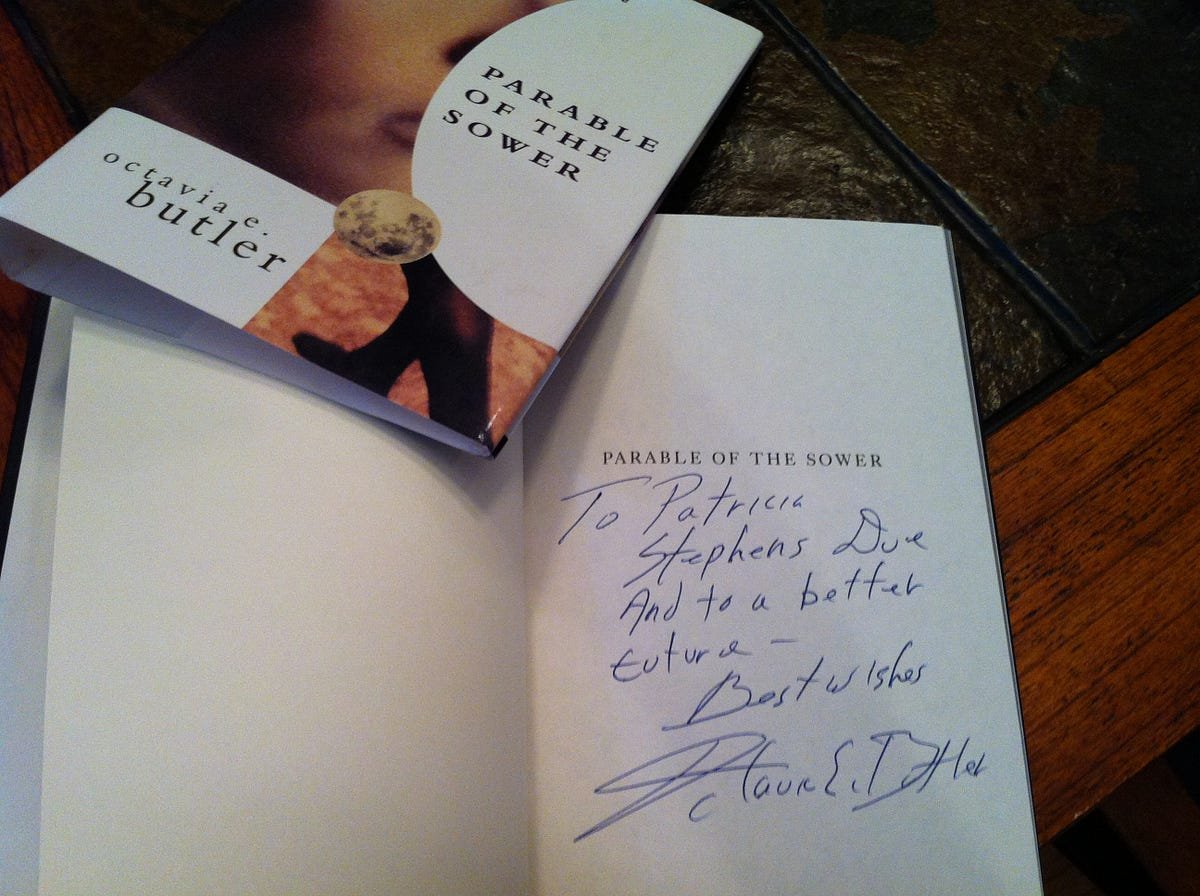

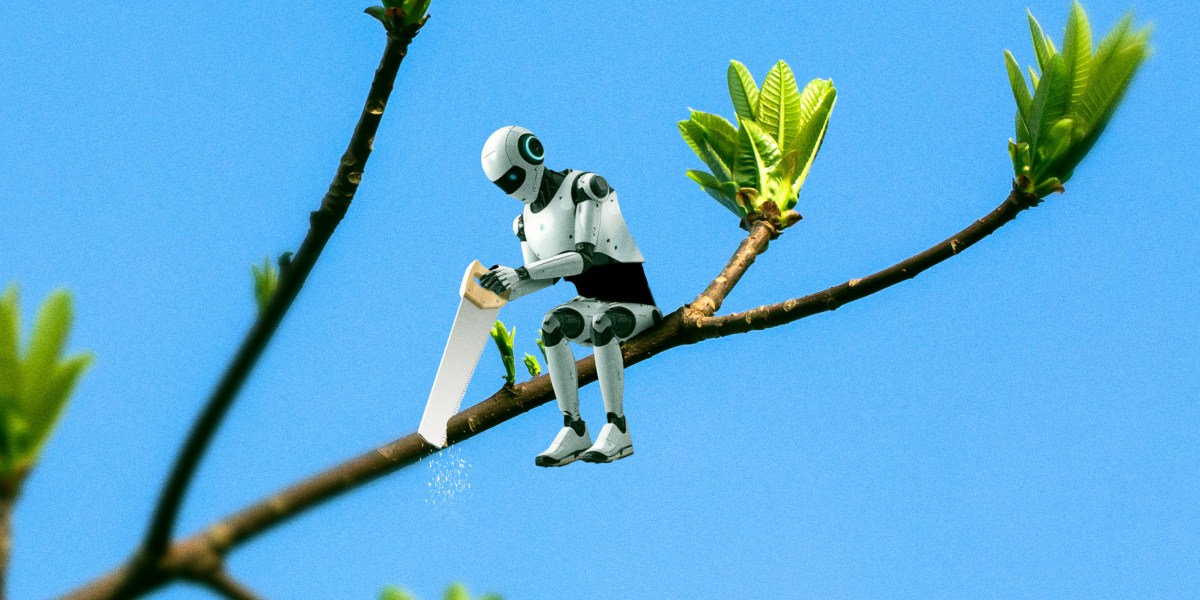

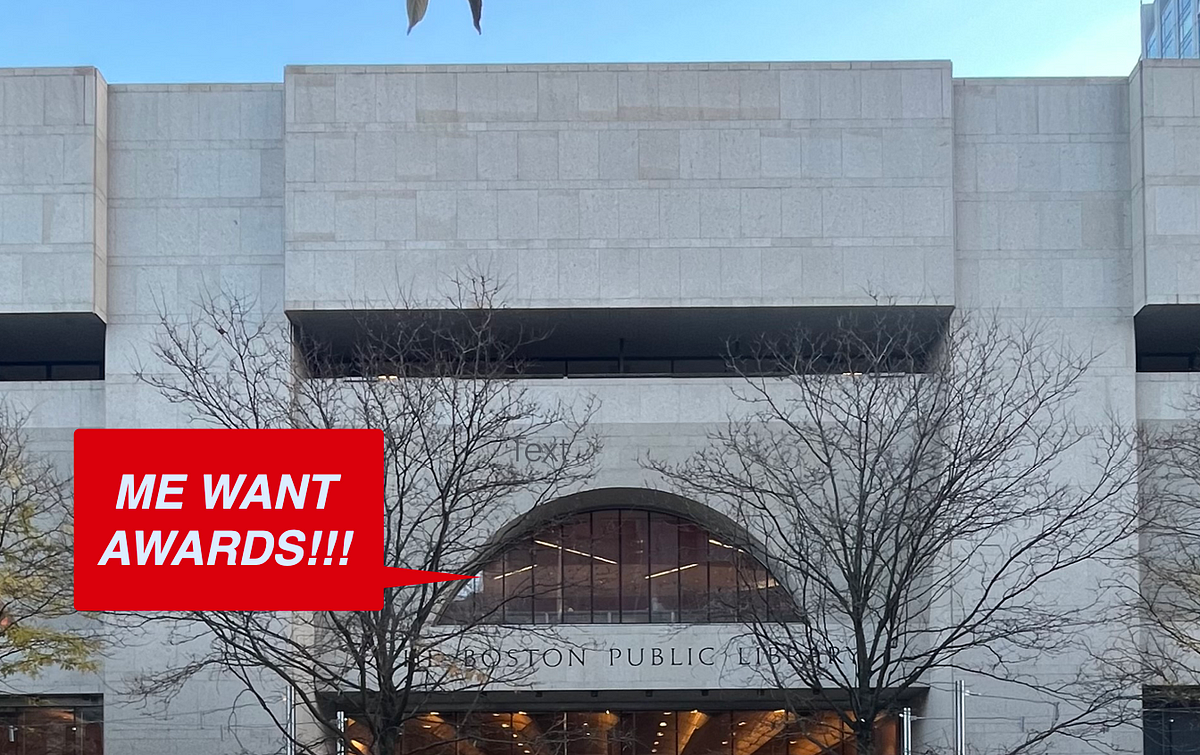

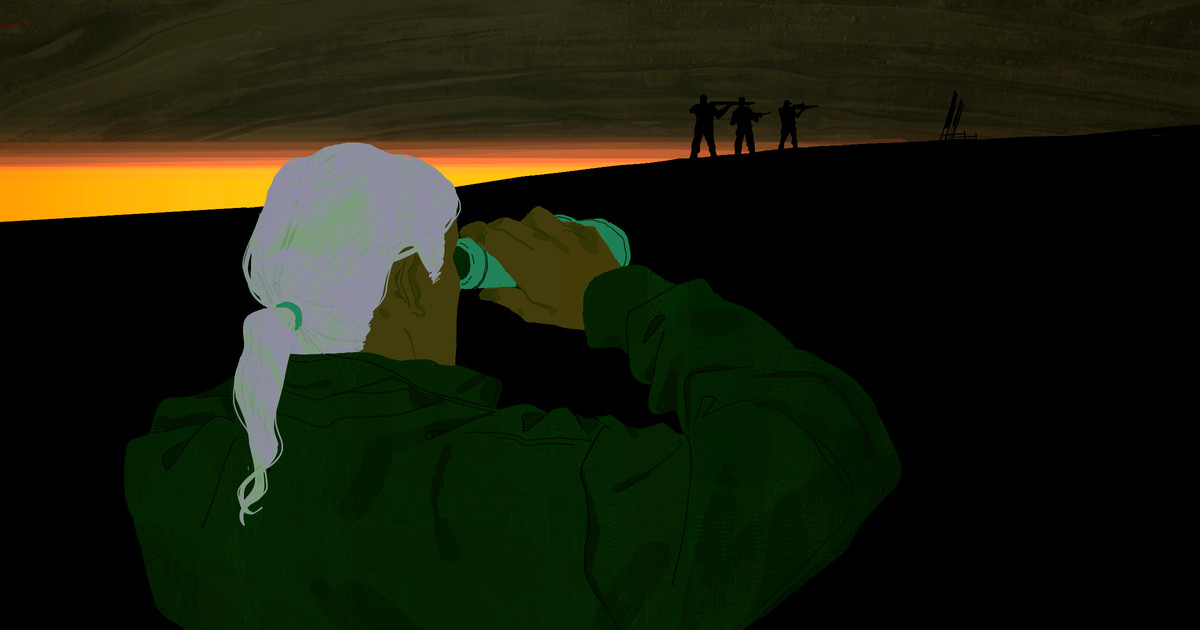



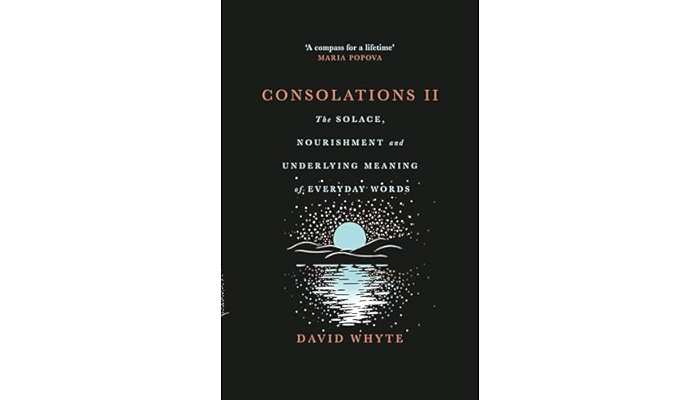
Stay Connected